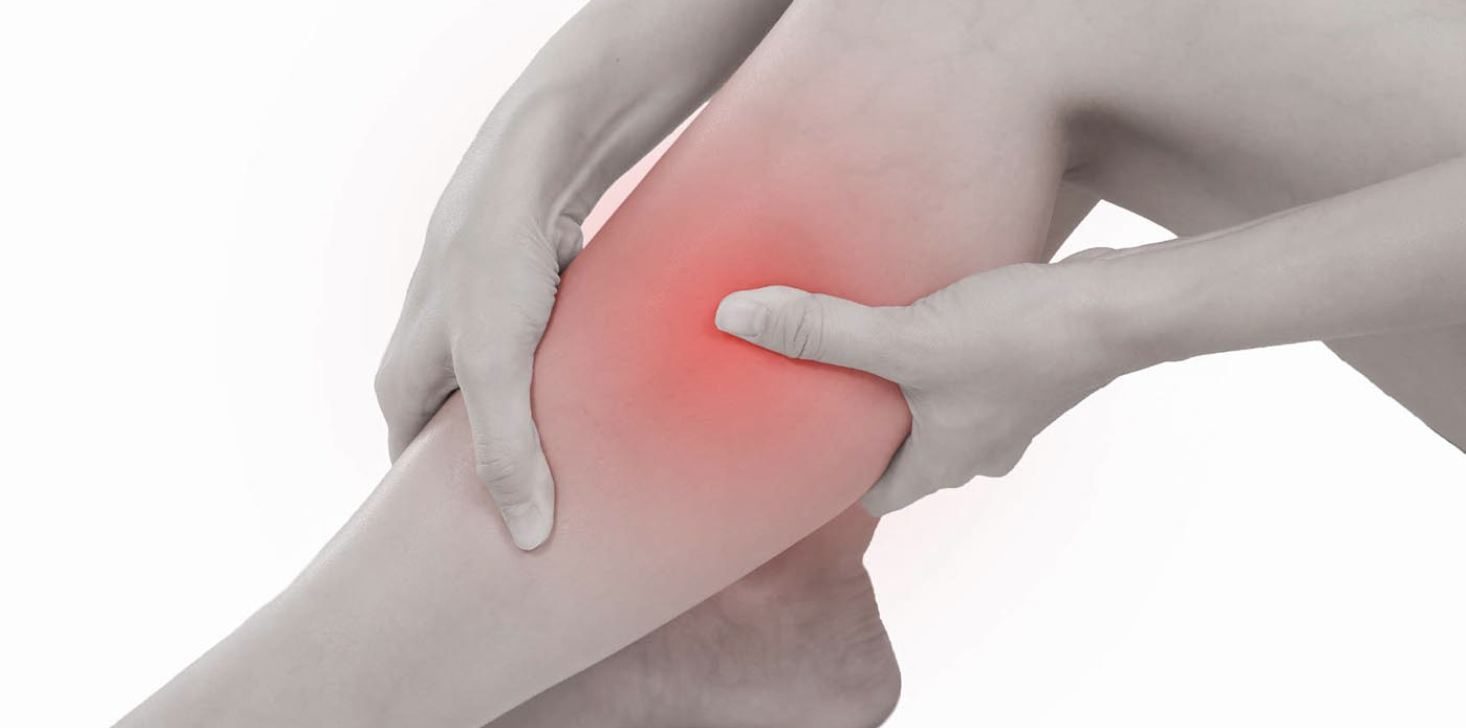Silent Threat: How Doctors Are Missing a Critical Heart Health Warning

Groundbreaking Research Reveals Critical Gaps in Peripheral Artery Disease Diagnosis and Treatment
A compelling new study from Intermountain Health has uncovered significant disparities in the diagnosis and management of peripheral artery disease (PAD), a condition silently affecting over 10 million Americans aged 40 and above. The research highlights a troubling trend: PAD is frequently overlooked, with women experiencing even more pronounced challenges in receiving appropriate medical care.
The study exposes a stark gender gap in healthcare, revealing that women are less likely than men to receive guideline-directed medical therapy for this debilitating condition. This oversight can have profound implications for patient health, potentially leading to more severe complications and reduced quality of life.
Peripheral artery disease, characterized by narrowed blood vessels that reduce blood flow to the limbs, represents a serious health concern that demands increased medical attention and awareness. The Intermountain Health researchers emphasize the urgent need for more comprehensive screening and targeted treatment strategies that address the unique challenges faced by different patient populations.
As healthcare professionals and researchers continue to shed light on these critical disparities, patients are encouraged to discuss their risk factors and potential symptoms with their healthcare providers to ensure timely and effective intervention.
